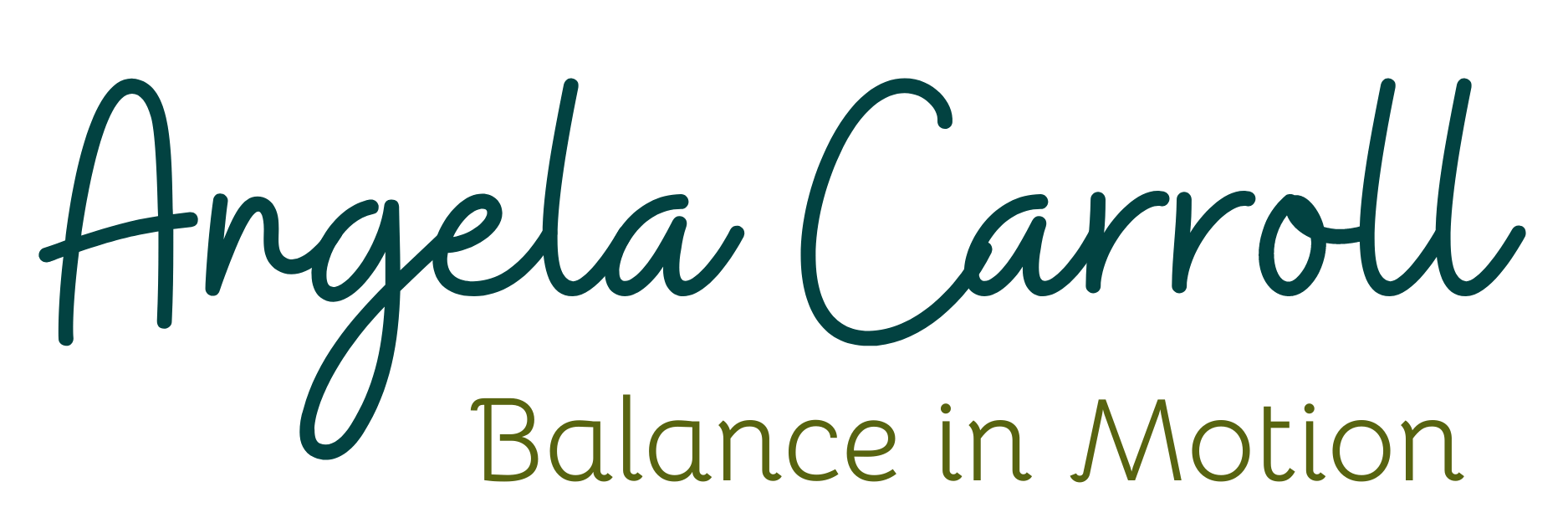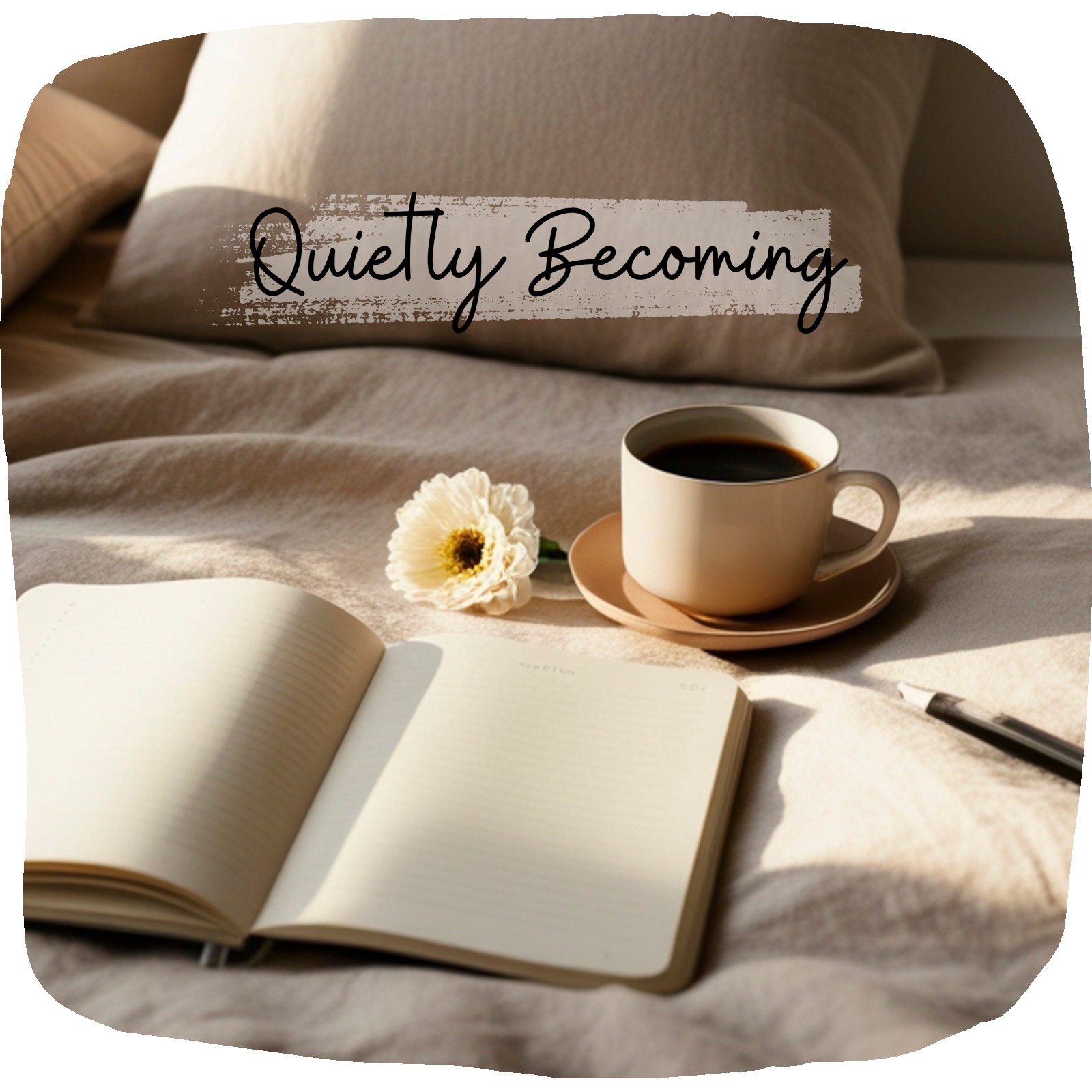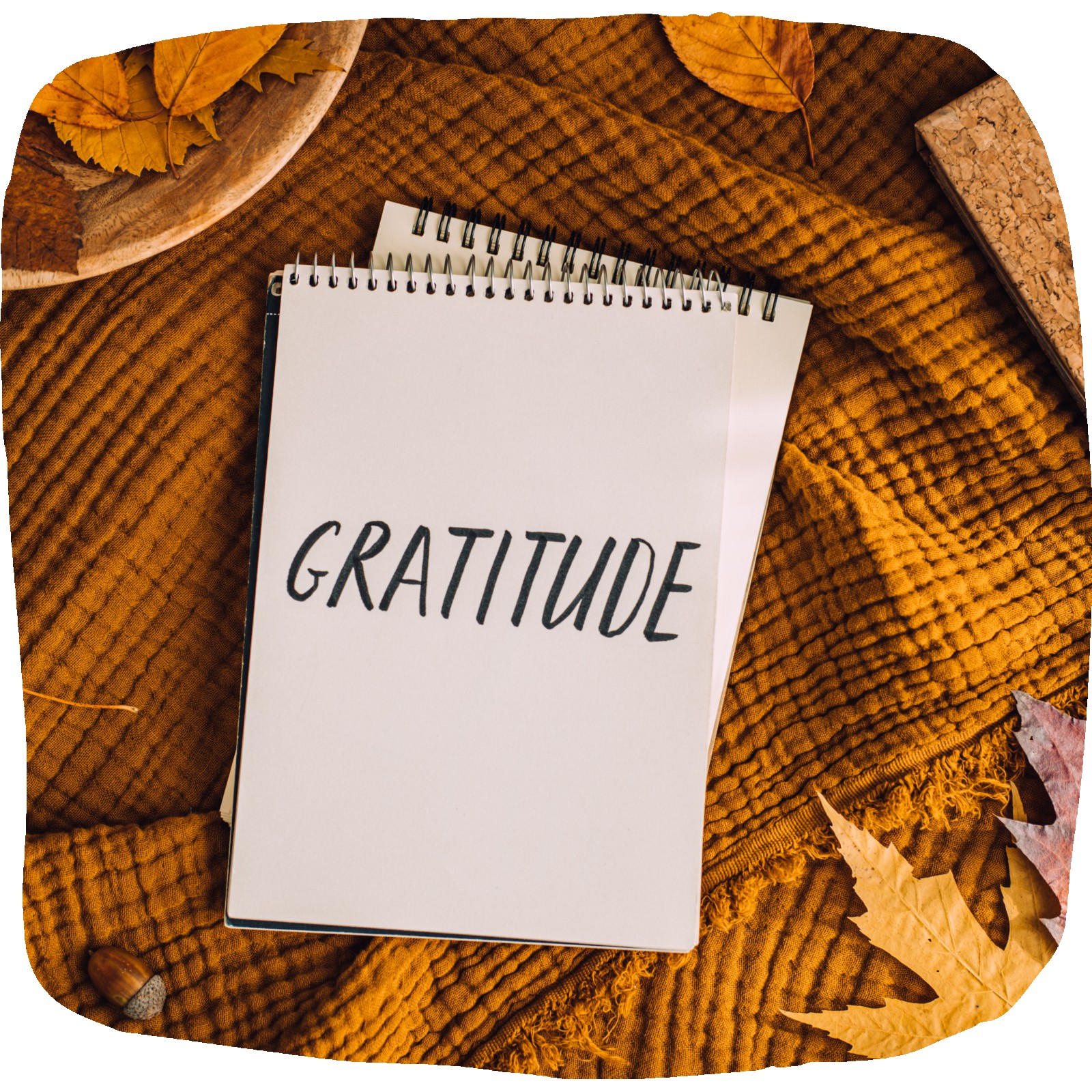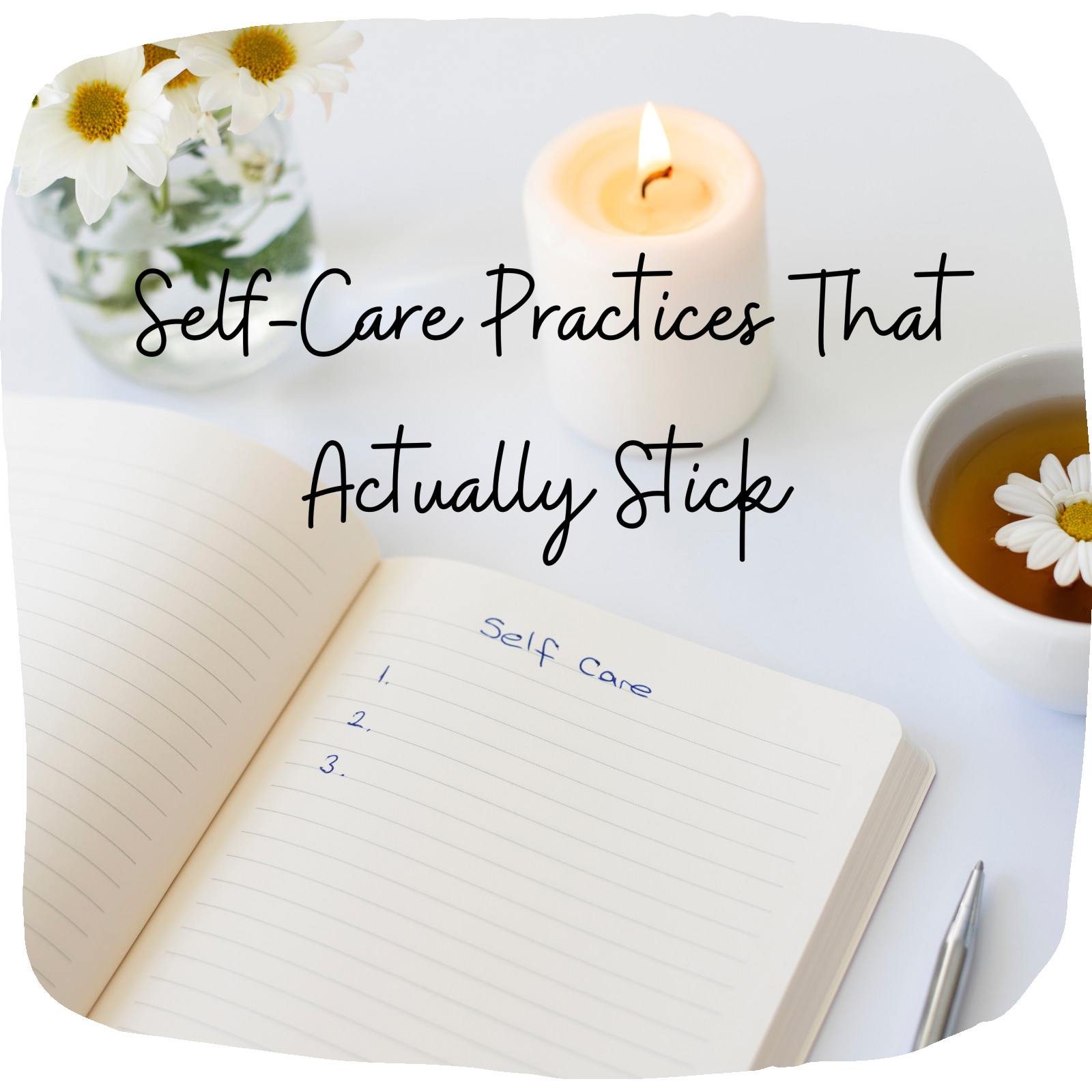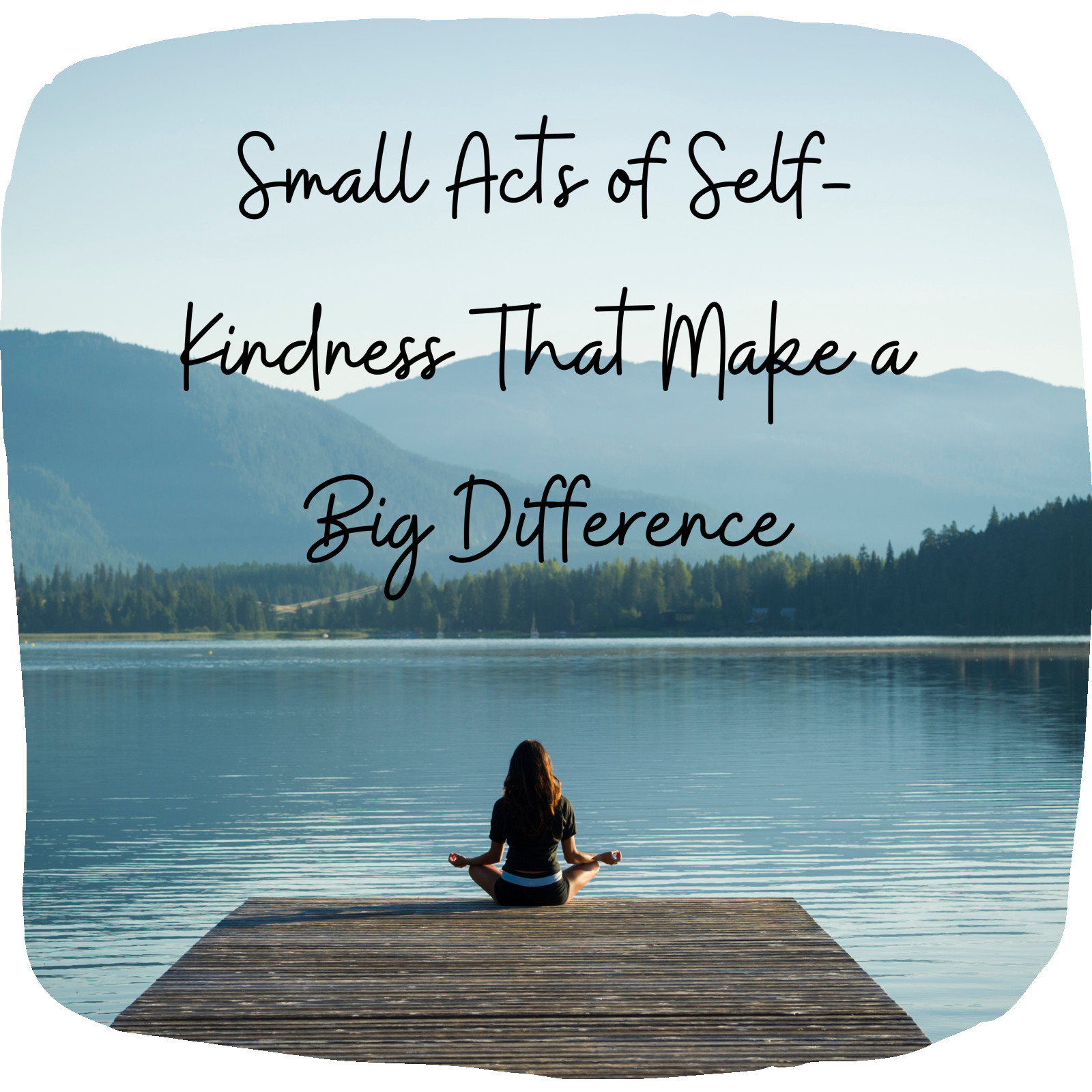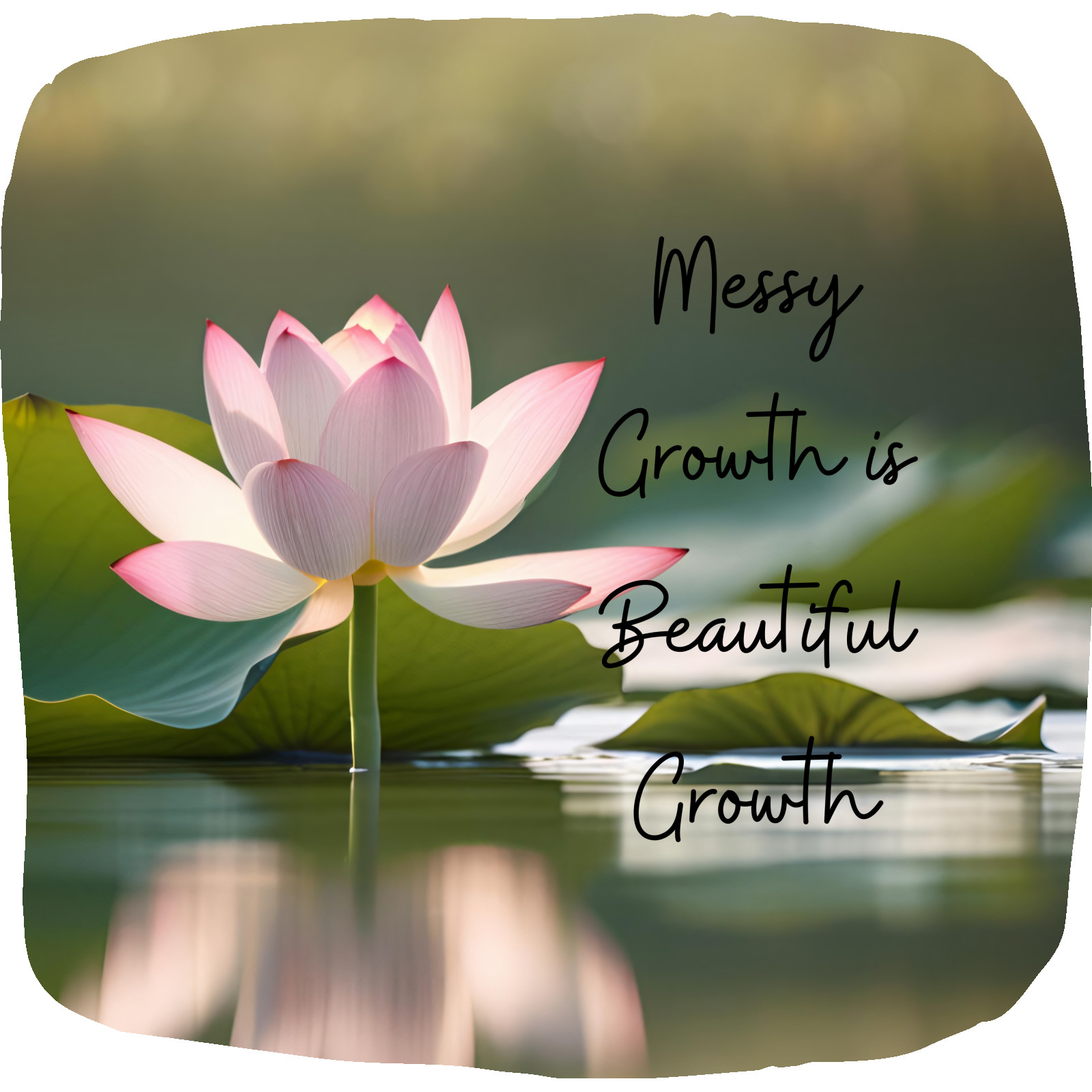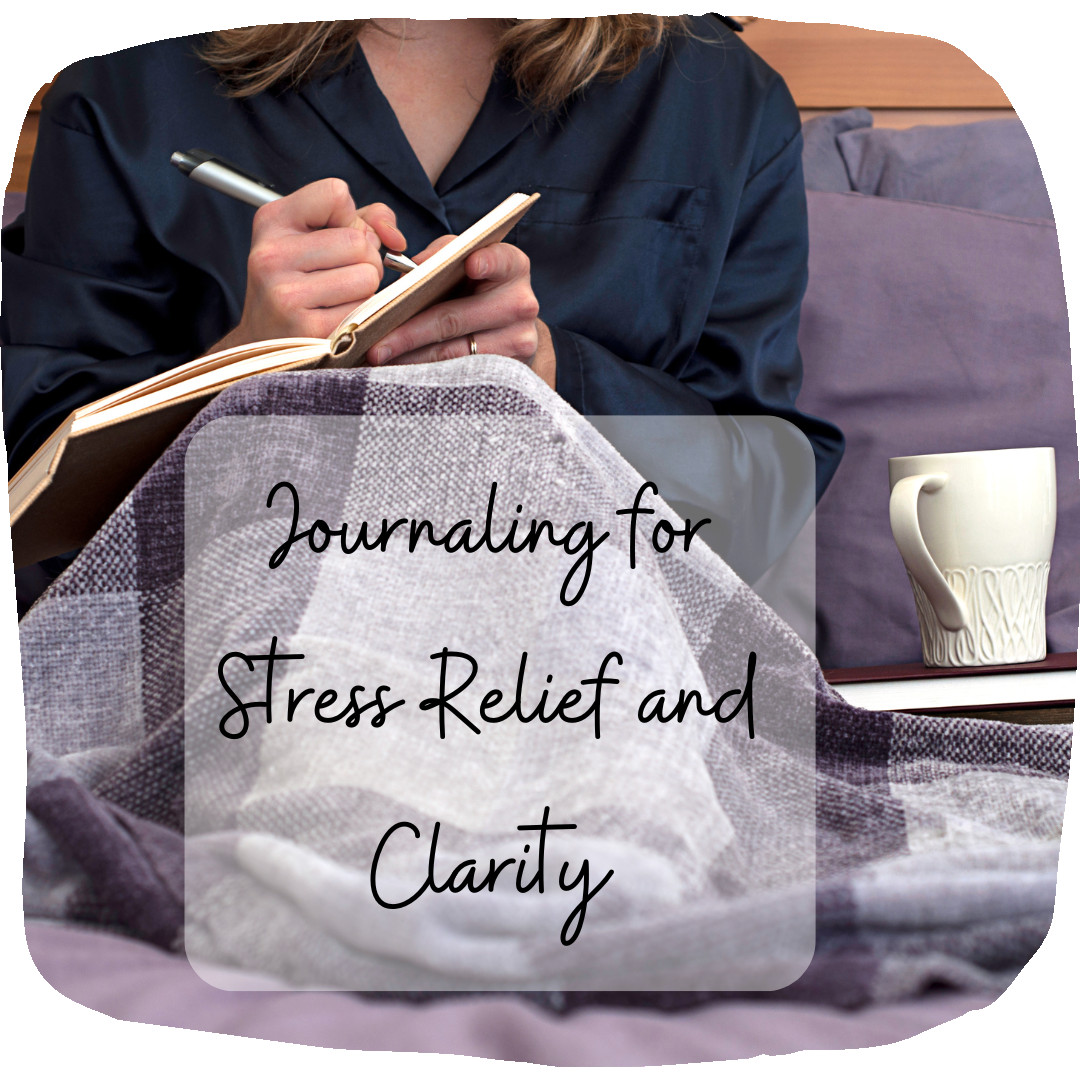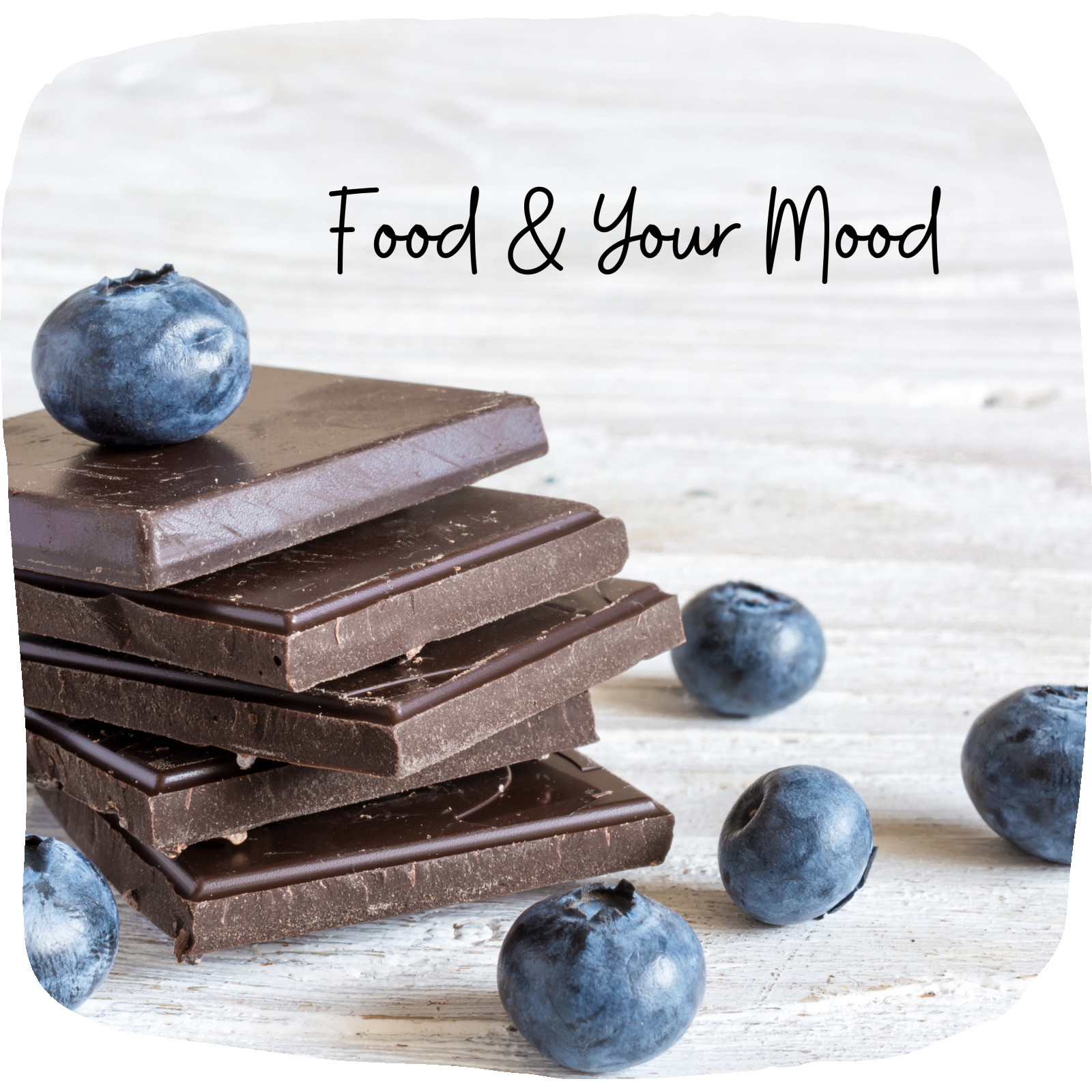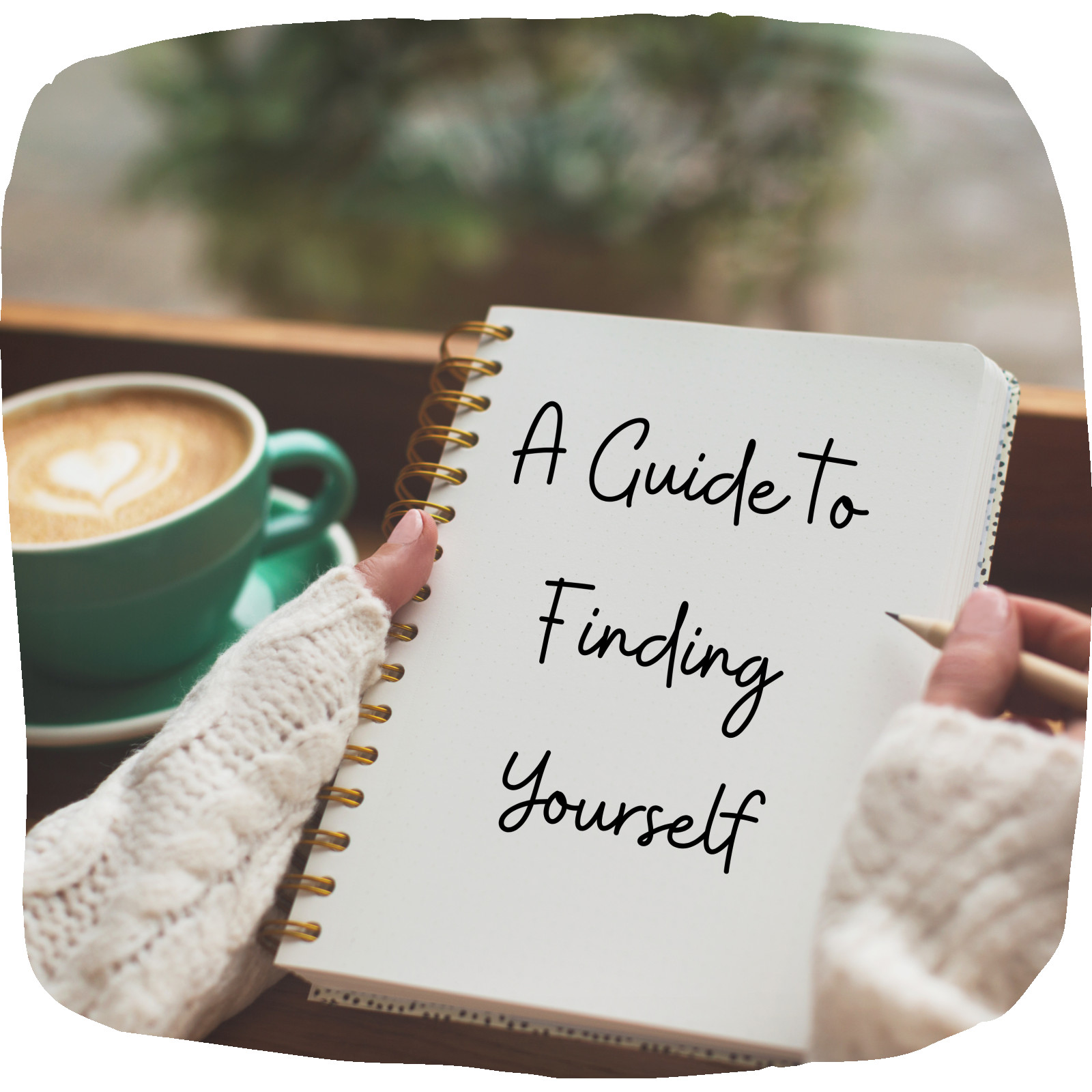
Life with fibromyalgia can feel like dancing through landmines, with each step potentially triggering an explosion of pain, fatigue, and a landslide of other symptoms. So, let's tackle something most fibromyalgia warriors can relate to: figuring out whether what you eat can aggravate your symptoms. Because sometimes, knowing what not to eat is just as important as knowing what pills to take. Ok, who am I kidding? It's more important than knowing what pills to take.
Fibromyalgia is like a crazy riddle, a puzzle where each answer leads to a dozen new questions. It’s a condition without a clear cause and is known for its elusiveness in treatment. Symptoms like chronic pain, fatigue, and cognitive issues, or "fibro fog" as we like to call it, are just the tip of the iceberg.
I fully believe food can play a role in exacerbating or soothing these symptoms. Imagine struggling with your everyday routine, battling endless exhaustion, and then realizing that what you ate for breakfast might have had a hand in your aches. (Been there, done that.) Understanding the relationship between diet and fibromyalgia is a puzzle piece that can significantly impact overall wellness and quality of life.
There’s no shortage of diets out there, but for us fibro warriors, food choices can be loaded with more significance than simply calorie counting (which I never do, by the way). The concept of "trigger foods" isn't just a cliche—it's a crucial, yet often overlooked, part of managing fibromyalgia.
Certain foods may induce an inflammatory response, which is the last thing someone with fibromyalgia needs. Inflammation is like the villain in a superhero movie—it’s everywhere at once and hard to pin down. It's why understanding how your diet can fuel the fires of fibromyalgia symptoms is so important.
To start the process of elimination, here's a menu of commonly suspected fibromyalgia trigger foods:
- High-Glycemic Foods: That post-sugar crash? It's not your friend.
- Red Meat: It’s not just about the fat content. There's something about red meat that doesn't sit well with fibromyalgia.
- Caffeine: A double-edged sword. In moderation, it can be uplifting, but overconsumption might lead to a caffeine hangover—a trigger for fibro fog.
- Artificial Additives: It’s a far cry from "mother knows best" when it comes to man-made flavors and preservatives.
But remember, these foods don’t affect everyone the same way. Each body is a unique recipe of genetics, lifestyle, and, of course, diet.
Now it’s time to play chef. What's the recipe for a diet that's fibromyalgia-friendly? Here's a taste of what you can cook up:
- Start a Food Journal: Write it down, every morsel. Not everyone keeps a journal, but this one might hold the key to your health.
- Experiment with Elimination Diets: Think of it as a lesson in learning to listen to your own body.
- Stocking Your Shelves the Smart Way: You are what you eat, so be a smart shopper. Load up on whole, unprocessed foods.
- Supplement Sensibly: Your plate might not be getting all the nutrients it needs. Talk to a holistic practitioner about supplementing your diet.
- Hydrate and Recover: Water isn’t just for fish. Staying well-hydrated helps with overall pain management.
Shifting your relationship with food from necessity to a fuel for wellness is empowering. It's like discovering a new superpower. Trial and error may seem daunting, but every step towards uncovering your dietary triggers is a step away from unnecessary suffering.
Take control where you can, experiment with where you’re willing. Sometimes, it’s the seemingly small changes that create the most significant ripple effects in our health.
This isn't a sprint. It's more of a food marathon, a lifelong taste test of what works for you and what doesn’t. There's no one-size-fits-all approach, but you're creating a personalized menu for health. Immerse yourself in the experience with patience. And remember, you’re not just eating—you’re healing.
If you think certain foods might be affecting your fibromyalgia, start the conversation with a healthcare provider or nutrition coach. They're your sous-chefs in this culinary exploration of symptom management. Be patient, have fun in this new adventure, and remember, sometimes the most insightful discoveries come between bites.
Grab my free guide to learn more about managing fibromyalgia naturally.

A few months ago I was diagnosed with systemic inflammatory response syndrome (SIRS). Something the Dr said, if I didn't get under control, would eventually kill me. I haven't really shared much about it because, needless to say, the news kind of hit hard. Especially since I live a pretty healthy lifestyle.
I knew things were off in my body. I felt like it was giving out on me and couldn't figure out exactly why. So I found a functional medicine dr who also happens to be an herbalist. Thankfully he's one to get to the root of the cause and not just prescribe meds, which is what I was looking for, because let's face it, I wasn't about to fill my body with meds for symptoms.
I've been doing a lot of research and learning about systemic inflammation since then. What I've learned is this. So many things can set off an inflammatory response. Our bodies are supposed to react this way to aid in healing. But it can easily get out of control. And when it does, it can be the cause for so many diseases. (Oh, and my root causes? Mold and long covid.)
Health is so so important to me. And it's time to step up my holistic game. So here are some changes I've made and I will continue to make changes as I learn more.
*I'm eating a mostly Mediterranean diet. So many benefits, including anti-inflammatory.
*I'm loading up on healthy, natural supplements.
*I've tested to find what foods may be wreaking havoc on my body and paying attention to how they affect me when I eat them.
*I've given up my nightly glass of wine.
*I've switched to a 0% antiperspirant deodorant. If you didn't know, antiperspirants clog your pores and keep your body from properly releasing toxins.
*While I've used a natural cleaner in my home for years, I'm learning more about hidden toxic chemicals (like in makeup, and contacts, and who knows what else) so I can make changes where needed.
Things I'm continuing to do:
*I'm moving my body daily, usually with yoga but occasionally throw in other low-impact options.
*I'm continuing to eat clean but do allow the occasional treat (usually involves bread, eggs, or red meat) without beating myself up over it, also taking notice to how I feel afterward. So let's just say, I'm continuing with mindful eating.
*I choose natural cleaning products and do my best to avoid toxic chemicals in my home.
*I give myself continuous pep talks and remind myself of all the things I can do, not allowing myself to sink into the hole of what I can't.
So many things are out of our control. It's so important to recognize where you can and then do it. Our bodies are the only place we HAVE to live. Don't you think we owe ourselves the respect to make it a healthy home to be in?
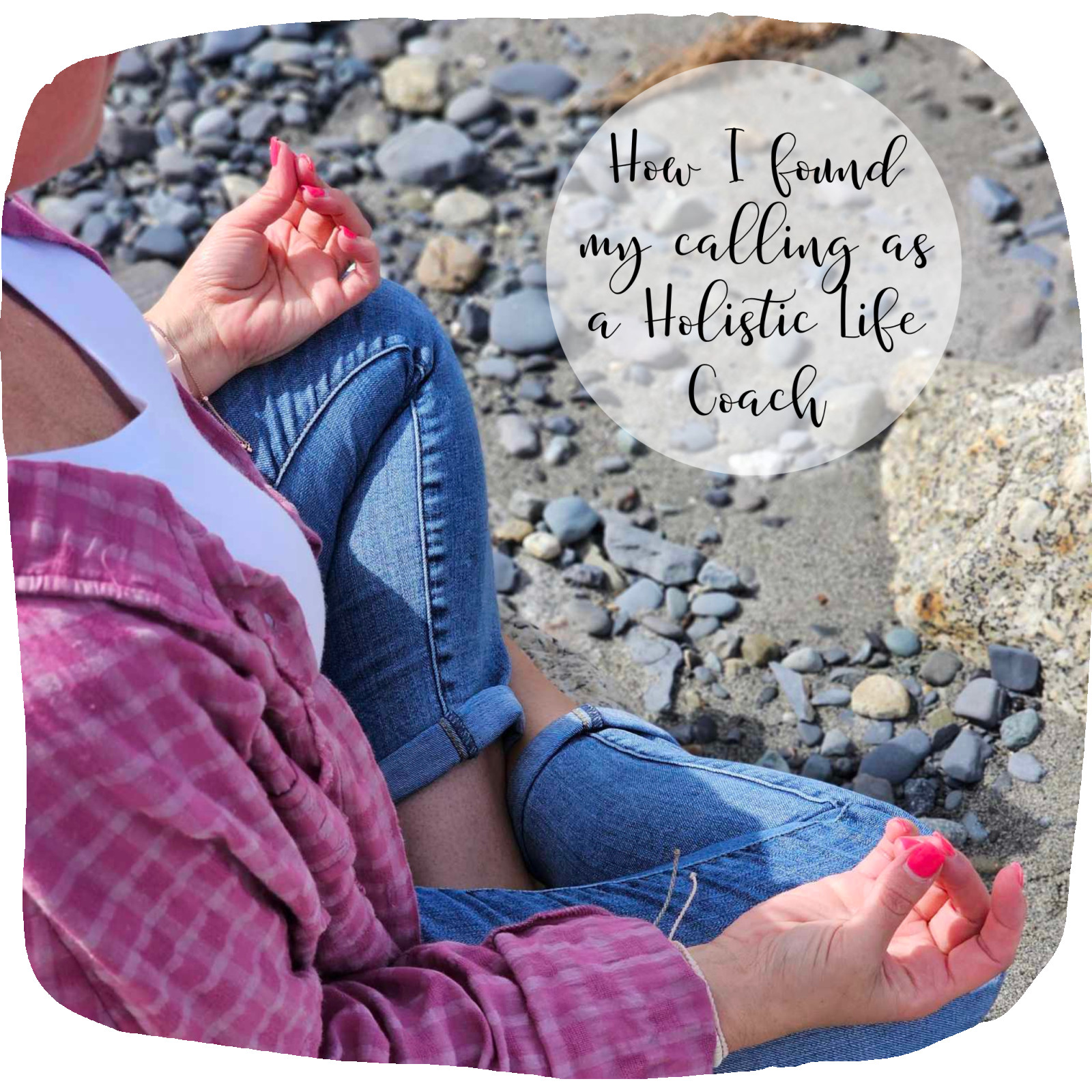
I’ve been revamping my website and while doing so, started thinking about my journey and how it has brought me to where I am today. How it brought me to becoming a Holistic Life Coach. So I figured, if I’m revamping my site, might as well also bring my blog back to life. And what better way to start than to share my journey. So, here we go! (And it’s going to be a long one, y’all. So bear with me.)
I suppose you could say it began when I decided to go into psychology, although I had no idea this is the road it would eventually lead me down.I’ve always had a heart for helping others. (I blame my parents and upbringing for that.) Learning how the mind works and why we do the things, and ways to help work through those things seemed the logical way to go. It took me several years, as a working single mom, to complete my degree. But I did it! Now what?
I started out in an Intervention Behavior Program at a middle school, working in an Autism specific classroom. Then moved onto working with a counseling service based at a small town school where I helped kiddos dealing with neglect, abuse, and mental health. Next up was a mental health hospital where I worked with people of all ages, young kids all the way to adults. My home unit, and happy place, was the adolescent unit. I know, I’m crazy. I’ve spent over 15 years, now, in the mental and behavioral health field. Through these jobs, I’ve learned to truly see a person for who they were. It’s been my job to offer a safe place, to truly listen to another’s needs and pay attention to their thinking process. It’s been my job to teach coping and life skills to help when they went back out into the real world. It’s been my job to look at the why and help guide them to a better, happier story. Talk about pressure! But I’ve truly loved it.
My journey continued to slowly move me in a holistic direction through my own personal life. My dad passed away in 2015. He was sick for years. I mean years. I think we tracked it back about 20 years before he passed. He gradually, oh so gradually, went downhill. I don’t really remember how it started. Maybe with his fibromyalgia diagnosis? I honestly don’t remember. I just know my very active (high school star athlete active) dad eventually became sedentary and unable to even walk by the time he passed. We never got any real diagnosis but I’m willing to bet that all the medications (I’m talking pages of medications my mom had to keep to keep up with it all) and lack of a healthy diet played a very large role. He did what he knew to do, there were just so many unanswered questions and we were all learning as we went. He wanted us to somehow use his experience to help others avoid the same path. (My dad was seriously amazing, y’all. And thinking of others up to his very last breath.) We all took that to heart. And this is when I purposely set out on a journey, even though I still didn't quite realize where it was leading me.
Onto even more personal life happenings. The first half of my adult life found me in a string of toxic, abusive relationships. It wasn’t until 2016 I started to really hear what a family friend and counselor had said to me a few years prior. “You have to figure out why you’re drawn to these abusive men.” Me? Abusive men? Why I would never! Until I realize I had, yet again. (I’ll address all of this further in another blog. Or maybe a book. Because I could seriously write one.) I took these words to heart. Finally. And I started working on me. I’d sit with myself for long periods of time, self-reflecting. I dug into personal development, started eating right, and working out. I learned to love me again. It truly saved my life. And I can say, toxicity of any kind is no longer allowed in my life.
Then came my health problems. I have lived with fibromyalgia myself since I was 19. I learned early on to listen to my body and always did well managing without meds. Then in 2018 I took a fall while playing volleyball. I landed, but my feet didn’t. Still not sure what happened there. But to this day I still struggle with hip issues because of it. I have also recently been diagnosed with long haulers and mold illness. I am choosing to treat everything holistically and working with a functional medicine dr/herbalist to do that.
And now here we are! All of this has led me to a love and passion I didn’t know existed. It’s led me to pursuing certifications as a yoga instructor, personal trainer, and nutrition coach. I’ve got multiple certifications in holistic health and wellness. I’ve got a library’s worth of books on nutrition, yoga, mindset, and spiritual healing. I truly believe God gave us what we need to truly live a healthy, happy life. We just have to choose to tap into it.
I'd love to help you on your own journey! Shoot me a message and let me know how I can help.
xoxo Angela
